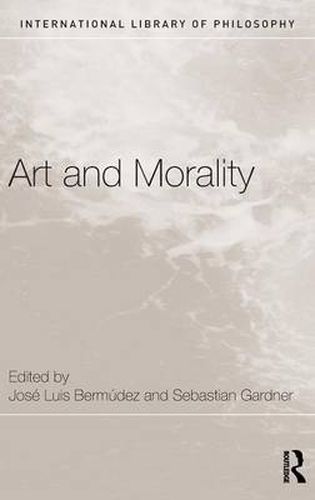Readings Newsletter
Become a Readings Member to make your shopping experience even easier.
Sign in or sign up for free!
You’re not far away from qualifying for FREE standard shipping within Australia
You’ve qualified for FREE standard shipping within Australia
The cart is loading…






Art and Morality is the first book to focus on the theme of art and morality, and the relation between the two subjects. A group of world-class contributors present a balanced and unified collection of papers covering the theoretical issues common to the arts in general, as well as issues specific to the areas of literary and musical criticism. The theoretically orientated papers in Part I discuss the general justification for evaluating works of art in moral terms, the conceptual tools required, and the relation of moral evaluation and the evaluation of art. Part II considers the ways in which morality and art interpenetrate in specific art forms, and exemplifies various approaches to their relation. In Part III, the focus is on the difficult and central case of tragedy. Instead of the standard ‘paradox’ of pleasure in tragedy, the contributors study the more substantial question of the moral significance of tragic experience.
$9.00 standard shipping within Australia
FREE standard shipping within Australia for orders over $100.00
Express & International shipping calculated at checkout
Art and Morality is the first book to focus on the theme of art and morality, and the relation between the two subjects. A group of world-class contributors present a balanced and unified collection of papers covering the theoretical issues common to the arts in general, as well as issues specific to the areas of literary and musical criticism. The theoretically orientated papers in Part I discuss the general justification for evaluating works of art in moral terms, the conceptual tools required, and the relation of moral evaluation and the evaluation of art. Part II considers the ways in which morality and art interpenetrate in specific art forms, and exemplifies various approaches to their relation. In Part III, the focus is on the difficult and central case of tragedy. Instead of the standard ‘paradox’ of pleasure in tragedy, the contributors study the more substantial question of the moral significance of tragic experience.